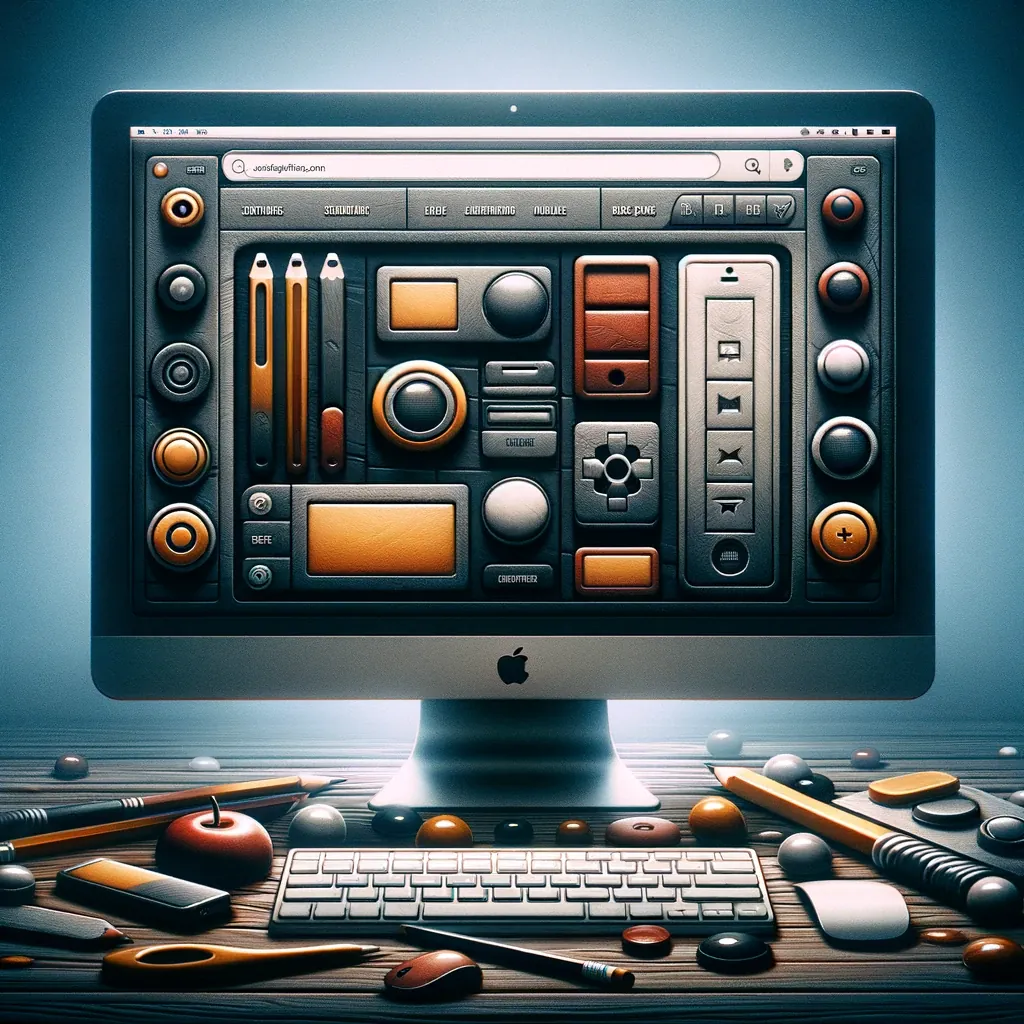Skeuomorphism in Website Design: An Art of Digital Realism
In the realm of web design, skeuomorphism stands as a bridge between the digital and the physical world. This design concept, which involves creating digital elements that mimic their real-world counterparts, has played a pivotal role in shaping user interfaces and experiences. From the early days of digital interfaces to the modern web, skeuomorphism has had a significant impact on how users interact with technology.
The history of skeuomorphism in design spans various contexts, from architecture to product design. In web design, it emerged as a means to make digital spaces feel familiar and intuitive. By replicating textures, shadows, and other real-world characteristics, skeuomorphic design aids in creating a sense of depth and realism in a digital space.
As we delve deeper into the world of skeuomorphism in website design, we explore its origins, principles, and the significant role it plays in the ever-evolving landscape of web interfaces.
It’s worth noting that the popularity of skeuomorphism in web design has fluctuated over time. In more recent years, there has been a shift towards flat design, which favors simplicity and minimalism over the detailed, realistic textures of skeuomorphism. Nonetheless, skeuomorphism remains an important concept in the history and development of web design, especially in terms of its influence on user interface and user experience design.

 Cyber:
Cyber:  Tel: (773) 236-1717
Tel: (773) 236-1717
Leave a Reply